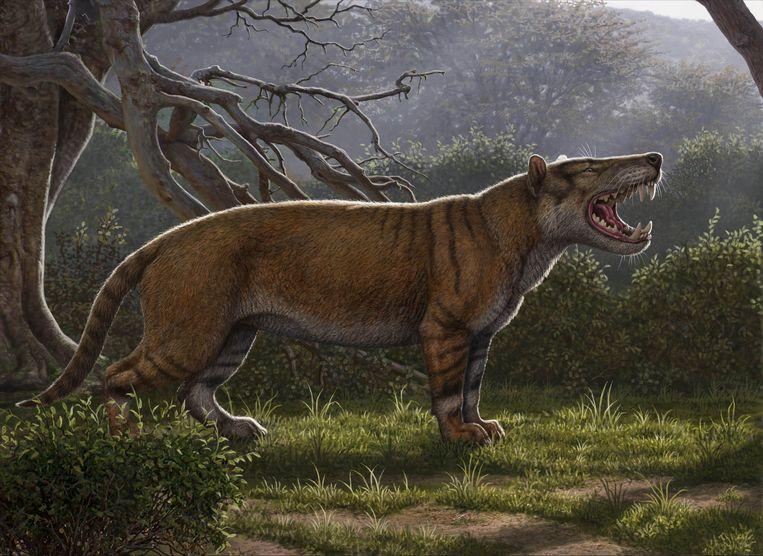Scientists have discovered one of the largest carnivorous mammals on earth in Kenya. The lion-like animal, which lived 23 million years ago, probably weighed around 1.500 kilograms and was “possibly larger than a polar bear,” scientists report.
The news is published today in the journal “Journal of Vertebrate Paleontology”. The animal lived in Eurasia, North America and parts of Africa and the Arab world. The ‘Simbakubwa kutokaafrika’ – which means ‘big lion from Africa’ in Swahili – must have been able to attack animals the size of an elephant and hippopotamus.
“With his huge teeth, Simbakubwa was a hypercarnivore,” says University of Ohio scientist Matthew Borths, one of the main contributors to the research. “He could tear the flesh with his canines and his teeth enabled him to break bones.”
Kenya
The mammal could be identified on the basis of bone particles and an incomplete lower jaw. The remains were excavated decades ago in western Kenya but for a long time, it was believed that they belonged to a smaller species. Further research by the National Museum in Nairobi shows that it is indeed a species that is not yet known.
